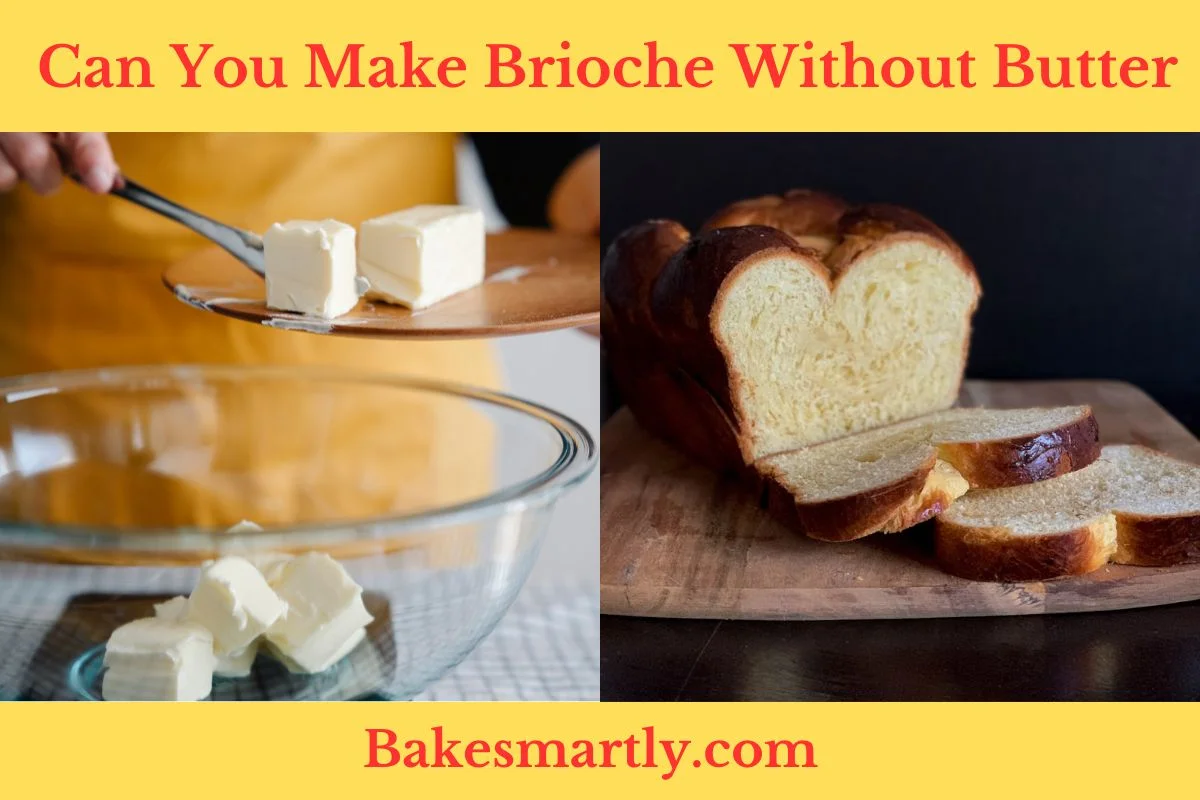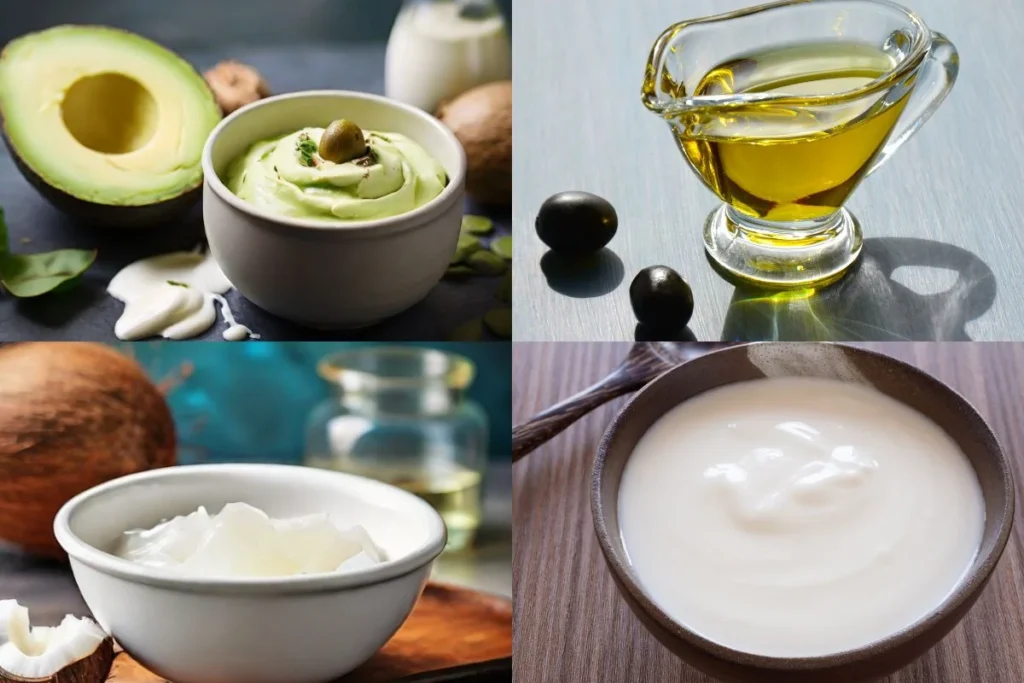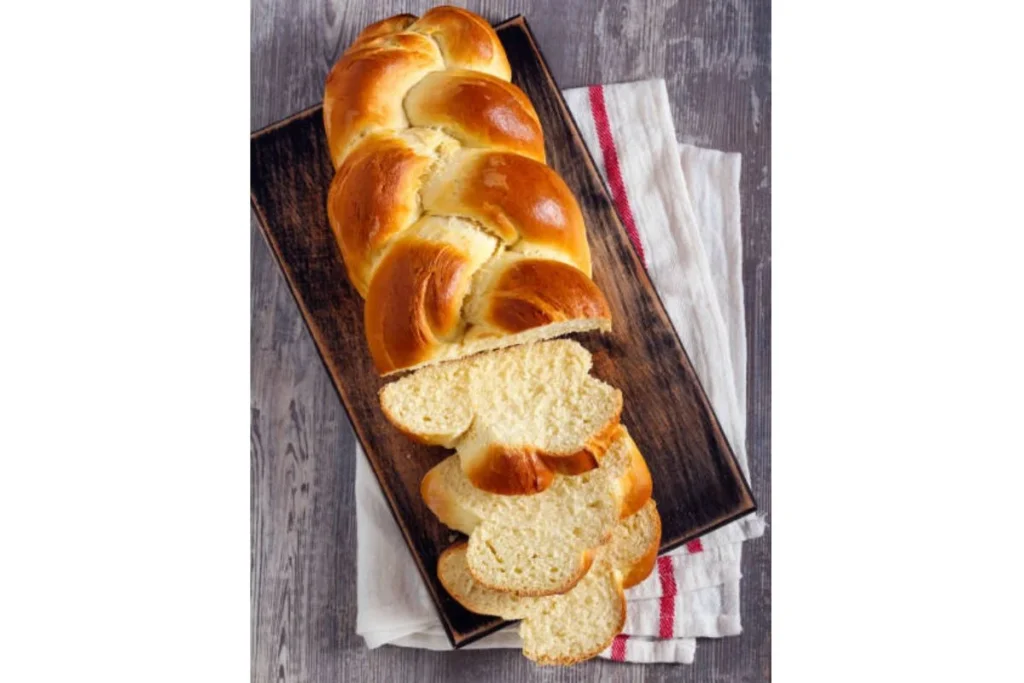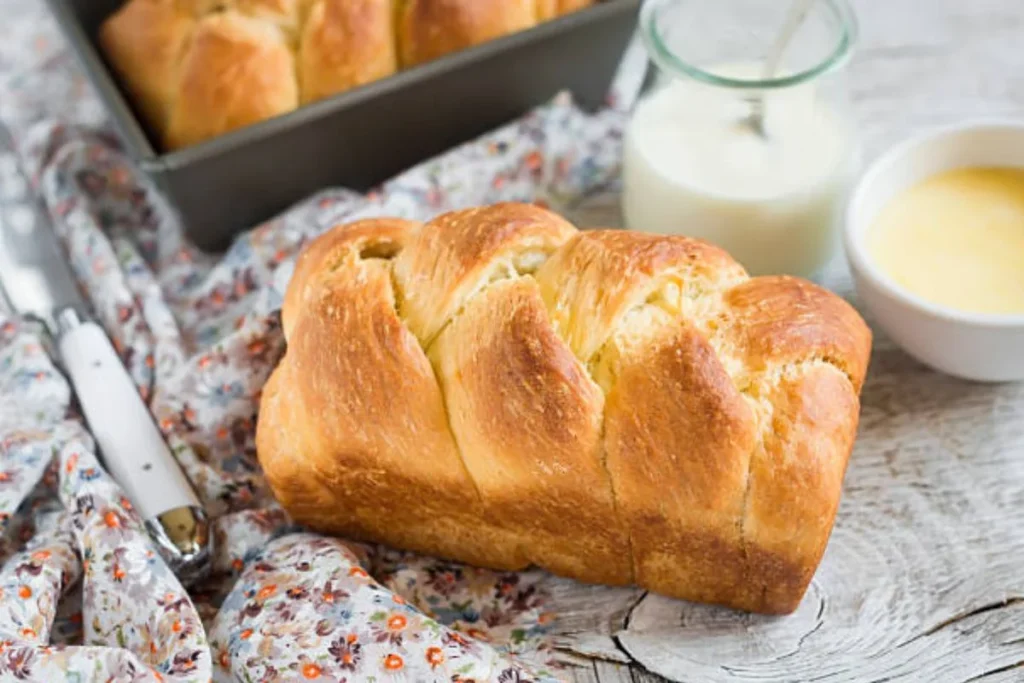
Brioche is a yummy French pastry that’s famous for its rich, buttery taste. People all over the world love it and many make it at home. The traditional recipe uses a lot of butter, which gives it a soft texture and delicious flavor.
But what if you can’t have butter or want to try something different? Can you still make brioche without butter? In this blog post, we’re going to find out if a butter-free brioche can still taste as good as the original.
Table of Contents
ToggleAdvantages and Disadvantages of Making Brioche Without Butter
Making brioche without butter can be a creative twist on the classic recipe, offering both advantages and disadvantages for those seeking an alternative.
Advantages
- Healthier Option: Skipping the butter makes for a healthier version of this usually rich treat. For folks watching their fat intake or dealing with dietary limits, using butter alternatives lets them enjoy brioche without worry.
- Dietary Accommodations: Butter-free brioche is a win for people with dietary restrictions like lactose intolerance or those on a vegan diet. With plant-based swaps and other substitutes, more folks can dive into the joy of freshly baked brioche.
- Flavor Experiments: Leaving out the butter opens the door to playing around with different ingredients and flavors. You can try out nut oils, fruit purees, or even infused oils to give your brioche a whole new taste.
Disadvantages
- Texture and Moisture: Butter is key to that soft, moist texture in traditional brioche. Without it, getting that same tenderness is tough. While substitutes can help keep some moisture, you might notice a difference in texture.
- Changes in Flavor: Butter isn’t just about fat; it adds its own special flavor to brioche. Cutting it out might mean your brioche tastes a bit different. While trying new flavors can be fun, some folks might miss that rich, buttery goodness.
- Baking Hurdles: Baking without butter requires adjustments in technique and ingredient proportions. Getting the perfect rise and structure can be a challenge, needing a good grasp of baking know-how and how to deal with any issues that pop up.

Four Substitutes for Butter in Butterless Brioche
There are several effective substitutes for butter that can be used to achieve a delicious and butterless brioche. Here, we explore four alternatives and provide instructions on how to incorporate each substitute into your brioche recipe seamlessly.
Olive Oil
Olive oil is a heart-healthy alternative to butter that imparts a distinct fruity flavor to brioche. To substitute butter with olive oil, use an equal amount and ensure the oil is extra virgin for a robust taste.
When incorporating olive oil into your brioche dough, gradually add it while mixing to achieve an even distribution. The resulting brioche will have a subtle hint of olive, adding a unique twist to the traditional recipe.
Coconut Oil
For a tropical twist on your butterless brioche, coconut oil serves as an excellent substitute. Use an equal amount of melted coconut oil in place of butter and mix it into the dough slowly to ensure even incorporation.
The coconut oil not only imparts a delightful aroma but also adds a touch of sweetness to the brioche, making it a perfect choice for those with a sweet tooth.
Avocado Puree
Avocado, known for its creamy texture, can be transformed into a butter substitute for a healthier brioche option. Mash ripe avocados and use them as a one-to-one replacement for butter.
The avocado’s subtle flavor complements the brioche, and its natural creaminess contributes to a soft and moist texture. Blend the avocado thoroughly before adding it to the dough to achieve a smooth consistency.
Greek Yogurt
Greek yogurt is a versatile and tangy substitute for butter in brioche. Replace butter with an equal amount of Greek yogurt to create a lighter version of this classic bread. Ensure the yogurt is thick and strained to avoid excess moisture in the dough.
Incorporate the Greek yogurt gradually while mixing the ingredients to maintain the brioche’s desired texture. The result is a brioche with a slight tanginess and a moist crumb.
To use these substitutes effectively, start by melting or blending them to achieve a smooth consistency before adding them to your brioche dough. Gradually incorporate the substitute while mixing to ensure an even distribution of ingredients.

How to Make Brioche Without Butter | Step-by-Step
Now that we’ve explored potential butter substitutes, let’s delve into creating a butter-free brioche recipe. Keep in mind that the ratios may need adjustment based on the specific substitute used, as each alternative comes with its unique properties.
Step 1: Gather Your Ingredients
Before you begin, ensure you have all the necessary ingredients at hand:
- 4 cups all-purpose flour
- 1/4 cup sugar
- 1 tablespoon active dry yeast
- 1 teaspoon salt
- 4 large eggs
- 1/2 cup warm water
- 1/2 cup olive oil (extra virgin)
Step 2: Activate the Yeast
In a small bowl, combine the warm water and sugar. Sprinkle the yeast over the mixture and allow it to sit for 5-10 minutes until it becomes frothy. This step is crucial as it activates the yeast, providing the necessary leavening for the brioche.
Step 3: Mix Dry Ingredients
In a large mixing bowl, combine the flour and salt. Create a well in the center to accommodate the wet ingredients.
Step 4: Combine Wet Ingredients
Pour the activated yeast mixture, olive oil, and eggs into the well in the dry ingredients. Begin mixing the ingredients together until a dough forms.
Step 5: Knead the Dough
Transfer the dough to a floured surface and knead it for 8-10 minutes or until it becomes smooth and elastic. This process helps develop the gluten structure, contributing to the brioche’s desired texture.
Step 6: Allow the Dough to Rise
Place the kneaded dough in a greased bowl, cover it with a damp cloth, and let it rise in a warm place for 1-2 hours or until it doubles in size. This fermentation period allows the yeast to work its magic, creating a light and airy crumb.
Step 7: Shape and Proof
Punch down the risen dough and shape it into a brioche loaf or individual buns. Place the shaped dough on a baking sheet lined with parchment paper and let it proof for an additional 30-45 minutes. This second rise enhances the brioche’s flavor and texture.
Step 8: Bake to Perfection
Preheat the oven to 375°F (190°C). Once the dough has completed its final proof, bake it in the preheated oven for 20-25 minutes or until it achieves a golden brown hue. Larger loaves may require a slightly longer baking time.
Step 9: Cool and Enjoy
Allow the butterless brioche to cool before slicing. This step ensures that the flavors and textures are fully set, providing you with a delightful, tender crumb and a rich, olive oil-infused taste. Slice, savor, and relish in the success of your butter-free brioche creation.

Expert Tips for Successful Butter-Free Brioche
Making a delicious brioche without butter takes some careful planning with ingredients and techniques. Here are some tips from the experts to help you make a moist, tasty, and irresistible butter-free brioche.
- Pick the Right Replacement: Choose good-quality alternatives like olive oil, coconut oil, mashed avocado, or Greek yogurt. Each one adds its flavor and texture, so try them out to see which you like best.
- Keep the Ratios Right: When you swap out butter for alternatives, stick to a one-to-one ratio. Whether it’s olive oil, coconut oil, mashed avocado, or Greek yogurt, measuring carefully ensures your brioche stays moist and flavorful.
- Add Gradually: When you mix your chosen substitute into the brioche dough, do it slowly. Whether you’re pouring in olive oil, stirring in coconut oil, mashing avocado, or blending Greek yogurt, take your time to get a smooth mixture. This helps spread the substitute evenly and avoids lumps or weird textures.
- Watch the Texture: Pay attention to the texture of your butter substitute. Melt coconut oil, blend avocado until it’s smooth, and choose thick, strained Greek yogurt to avoid making the dough too wet. Getting the texture right is important for the perfect texture in your butter-free brioche.
- Boost Flavor with Extras: Make your butterless brioche even tastier by adding extra ingredients. Think about using vanilla extract, citrus zest, or a bit of honey to amp up the overall flavor and smell of your bread.
- Let It Rise and Proof Properly: Give your brioche dough enough time to rise and proof. This step is super important for giving the bread its structure and making it light and airy. Being patient during rising makes a big difference in how your butter-free brioche turns out.
- Bake with Precision: Stick to the recommended baking time and temperature. Being precise when you bake ensures your butterless brioche cooks evenly and gets that perfect golden-brown crust without messing up the inside texture.
Can You Make Brioche Without Butter | Final Thoughts
In short, you can totally make brioche without butter, and it’s not just doable—it’s a gateway to loads of creative options. By trying out different butter alternatives and playing around with recipes, you can customize your butter-free brioche to match your taste and dietary needs.
Whether you go for the fruity kick of olive oil, the tropical vibe of coconut oil, or the creamy goodness of avocado, each substitute adds its own twist to the traditional brioche.
So, get ready to get your hands dirty, gather your ingredients, and dive into a fun journey to explore the butter-free side of this classic French pastry. Because in the baking world, there’s always space for new ideas and experiments. Happy baking!
Lindsey Mackenzie
About me
Hi there! I’m Lindsey Mackenzie, the founder of Bake Smartly. Baking has been my passion since childhood, growing up in my father’s bakery. With Bake Smartly, I’m excited to share my love for all things sweet and savory. Join me on this delicious journey as we whip up scrumptious treats and sprinkle joy into every bite!






